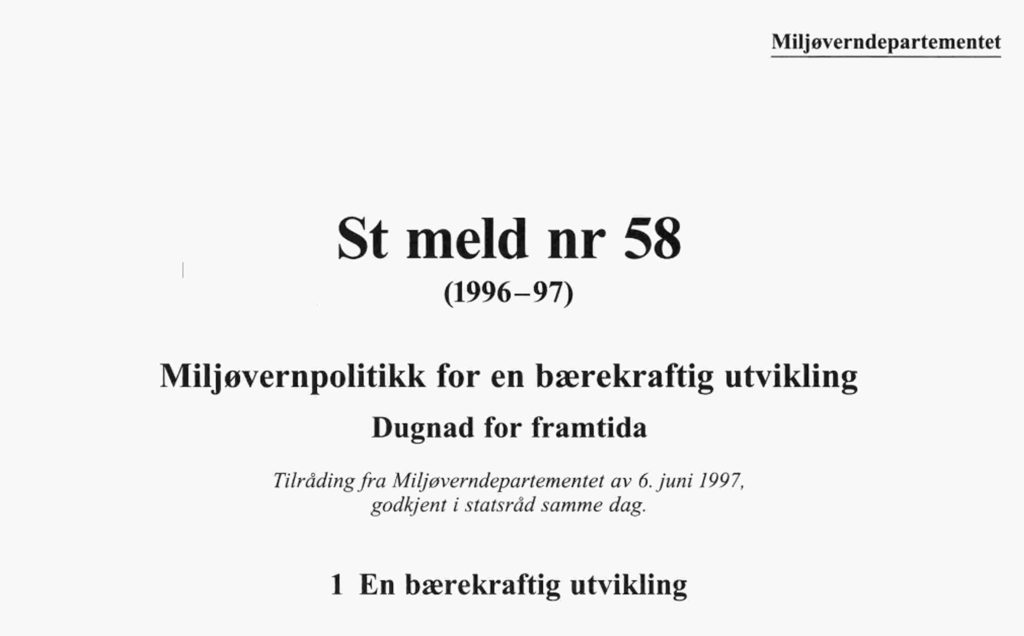Chemical spill to the sea

A valve on a tank containing this chemical was left open for several hours without anyone noticing until the biocide stock came to be checked the following morning.
West Omicron was treating water before injection into the Ekofisk reservoir from the 2/4 K platform in order to eliminate bacteria which could harm the formation. “Biocide” is a collective term for chemical substances which are toxic to living organisms and which can thereby be used for sterilisation purposes.[REMOVE]Fotnote: Ekofisknytt, no 16, “Utslipp på Ekofisk”, week 40-41, 1996.
The leak accordingly caused acute harm to organisms in the vicinity of the emission site. But the biocide degraded quickly and therefore did not get absorbed into food chain.[REMOVE]Fotnote: Ekofisknytt, no 16, “Utslipp på Ekofisk”, week 40-41, 1996.
 historie, 1996, kjemikalier lekker ut i havet,
historie, 1996, kjemikalier lekker ut i havet,National ceilings govern polluting discharges by the oil and gas industry.[REMOVE]Fotnote: Ministry of the Environment. Miljøvernpolitikk for en bærekraftig utvikling: Dugnad for framtida (Report no 58 to the Storting, 1996-1997). https://www.stortinget.no/no/Saker-og-publikasjoner/Stortingsforhandlinger/Lesevisning/?p=1996-97&paid=3&wid=d&psid=DIVL861. Set in 1997, Norway’s goal is zero discharges of oil and environmentally hazardous substances by 2005.[REMOVE]Fotnote: Sintef, Bruk av BAT- (Beste Tilgjengelige Teknikker) prinsippet for miljøsikkerhet (Sintef A4531), 2008, downloaded from https://www.sintef.no/globalassets/upload/teknologi_og_samfunn/sikkerhet-og-palitelighet/rapporter/sintef-a4531-bruk-av-bat-beste-tilgjengelige-teknikker-prinsippet-for-miljosikkerhet.pdf.
This target has later been more strictly defined and operationalised in a series of White Papers.[REMOVE]Fotnote: Norwegian Environment Agency, Arbeid mot nullutslipp til sjø fra petroleumsvirksomheten offshore. Status 2016, M-643/2016, 2016. Downloaded from http://www.miljodirektoratet.no/Documents/publikasjoner/M643/M643.pdf
“Southern fields” collaborationR – back to basics